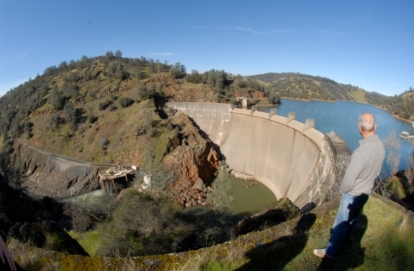Wild Fish Don’t Ride in Trucks: Op-Ed Opposing a Dam
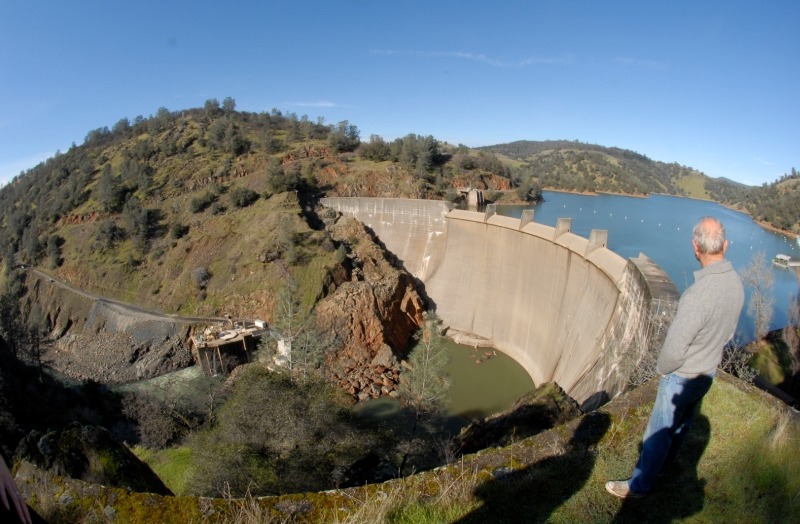
This op-ed was originally published in the Sacramento Bee on July 23, 2015.
On May 7, the Yuba Salmon Partnership Initiative (YSPI) shared a plan that would create the first “trap and haul” program of its kind in California. Trap and haul involves capturing fish, putting them in trucks, and moving them up or down rivers around obstacles such as dams.
The initiative is proposing a 50-year, $700 million project that involves moving spring-run chinook salmon around two dams, Englebright and New Bullards Bar Dam, into the North Fork of the Yuba River.
We all want to see the Yuba River and its salmon thrive. But an expensive project like this one, which doesn’t achieve real recovery of wild and self-sustaining fisheries or watershed function in the Yuba River, would be a huge mistake.
The stakes on this proposal are high, not only for the Yuba River, but for all dammed and broken rivers nationwide. If trap and haul moves forward here, which river is next? How will such costly, short-sighted measures affect more effective and sustainable remedies?
The California Department of Fish and Wildlife’s own Steelhead Restoration and Management Plan cites “the history of failure of trap-and-truck operations,” and features a paper from the journal Conservation Biology calling such solutions, “techno-arrogance.”
Englebright Dam provides limited hydropower, water storage and recreational benefits. It blocks the passage of wild, native fish, and it holds a pile of polluted mining sediments in its reservoir. This sediment can and should be cleaned up, as was done when the Milltown Dam in Montana was removed from the Clark Fork River.
The science is clear that removing low-value, obsolete dams such as Englebright quickly brings fish back and eliminates other problems. We’re seeing this success on the Elwha, White Salmon and Penobscot Rivers today. Removing Englebright, while ensuring passage and adequate flows on the Middle and South Forks of the Yuba River, would open up dozens of miles of habitat for salmon, steelhead, sturgeon and other native species.
Instead, the trap and haul plan would put even more concrete in the river in the form of collection facilities, and create an overly complex work-around powered by diesel fuel. Despite its high price tag, trap and haul does not solve the deeper problems caused by dams. Dams degrade water quality, block nutrients and destroy habitat.
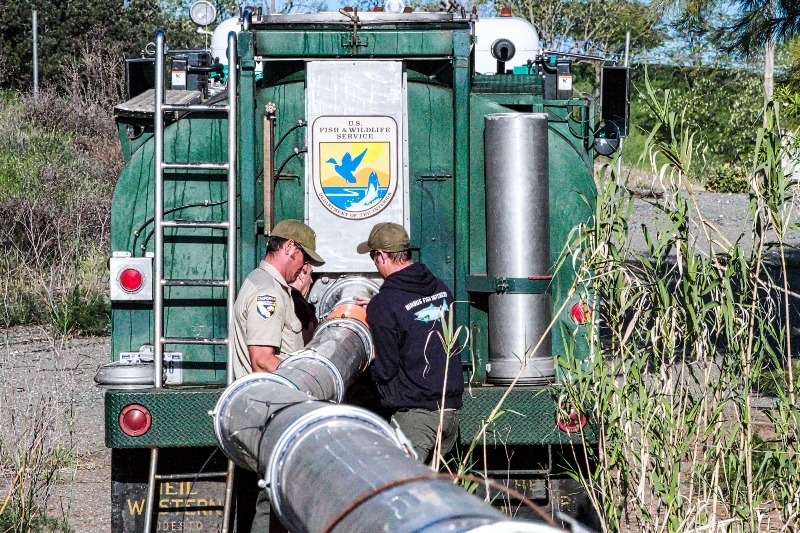 Salmon trucking, Rio Vista, California. Photo: Steve Martarano, USFWS
Salmon trucking, Rio Vista, California. Photo: Steve Martarano, USFWS
Members of the Yuba initiative—the Department of Fish and Wildlife, National Marine Fisheries Service, Yuba County Water Agency, American Rivers, Trout Unlimited and the California Sportfishing Protection Alliance—should return to the more inclusive and transparent Yuba Salmon Forum.
A $3 million Army Corps of Engineers study to examine options for improving habitat on the Yuba is now underway. This study needs to thoroughly investigate all dam removal, sediment management and flood protection options. Just last year, scientists at UC Davis released a study that said removing Englebright Dam “warrants additional study.”
The bottom line is trapping and hauling fish is no way to restore fisheries and watersheds. Trap and haul programs do not meet the criteria for recovery under the Endangered Species Act, or support California Department of Fish and Wildlife goals for “wild” and “self-sustaining” populations.
Let’s encourage our public agencies to step back from this wasteful trucking plan, one that would set a terrible precedent nationwide. After all, wild fish don’t ride in trucks.
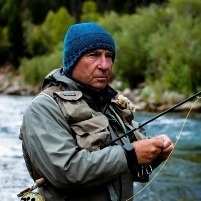
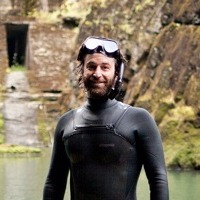
Yvon Chouinard is founder and owner of Patagonia. Matt Stoecker is a biologist and owner of Stoecker Ecological. Yvon and Matt conceived and co-produced the film DamNation.
